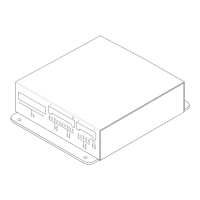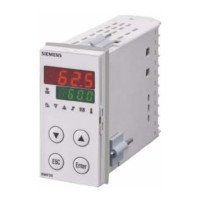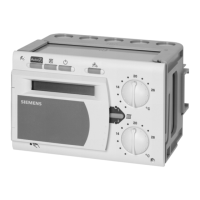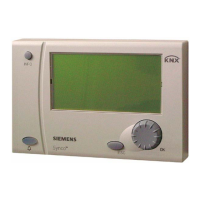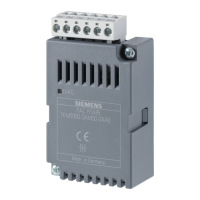RUGGEDCOM ROS
User Guide
Chapter 2
Using ROS
Tracing Events 35
Command Description
Optional and/or required parameters include:
• dest is the remote TFTP server's IP address
• cmd is either put (upload) or get (download)
• fsource is the source filename
• fdest is the destination filename
trace Starts event tracing. Run trace ? for more help.
type filename
Displays the contents of a text file.
Optional and/or required parameters include:
• filename is the name of the file to be read
version Prints the software version.
xmodem {send | receive} filename
Opens an XModem session.
Optional and/or required parameters include:
• send sends the file to the client.
• receive receives the file from the client.
• filename is the name of the file to be read.
Section 2.6.2
Tracing Events
The CLI trace command provides a means to trace the operation of various protocols supported by the device.
Trace provides detailed information, including STP packet decodes, IGMP activity and MAC address displays.
NOTE
Tracing has been designed to provide detailed information to expert users. Note that all tracing is
disabled upon device startup.
To trace an event, do the following:
1. Log in to the device as an admin user and access the CLI shell. For more information about accessing the
CLI shell, refer to Section 2.6, “Using the Command Line Interface”.
2. Determine the protocols and associated options available by typing:
trace ?
If an option such as allon or alloff is required, determine which options are available for the desired
protocol by typing:
trace protocol ?
NOTE
If required, expand the trace scope by stringing protocols and their associated options together
using a vertical bar (|).
3. Select the type of trace to run by typing:
trace protocol option
Where:
• protocol is the protocol to trace
